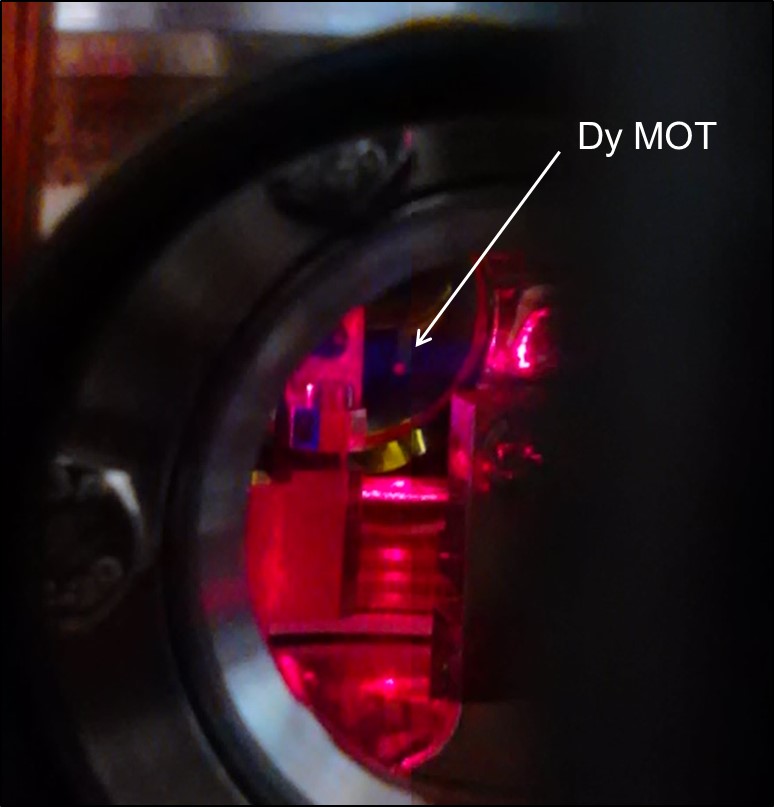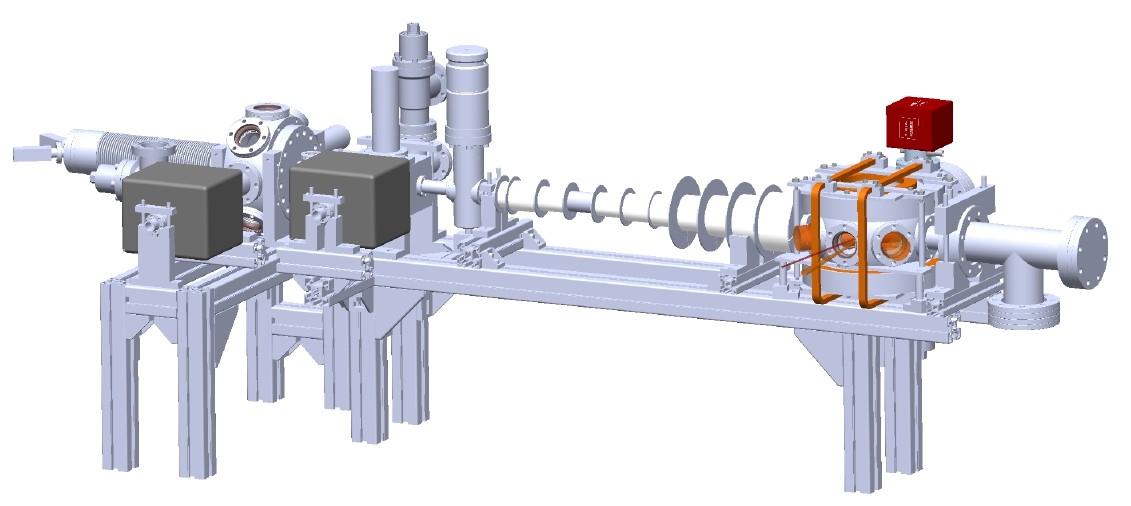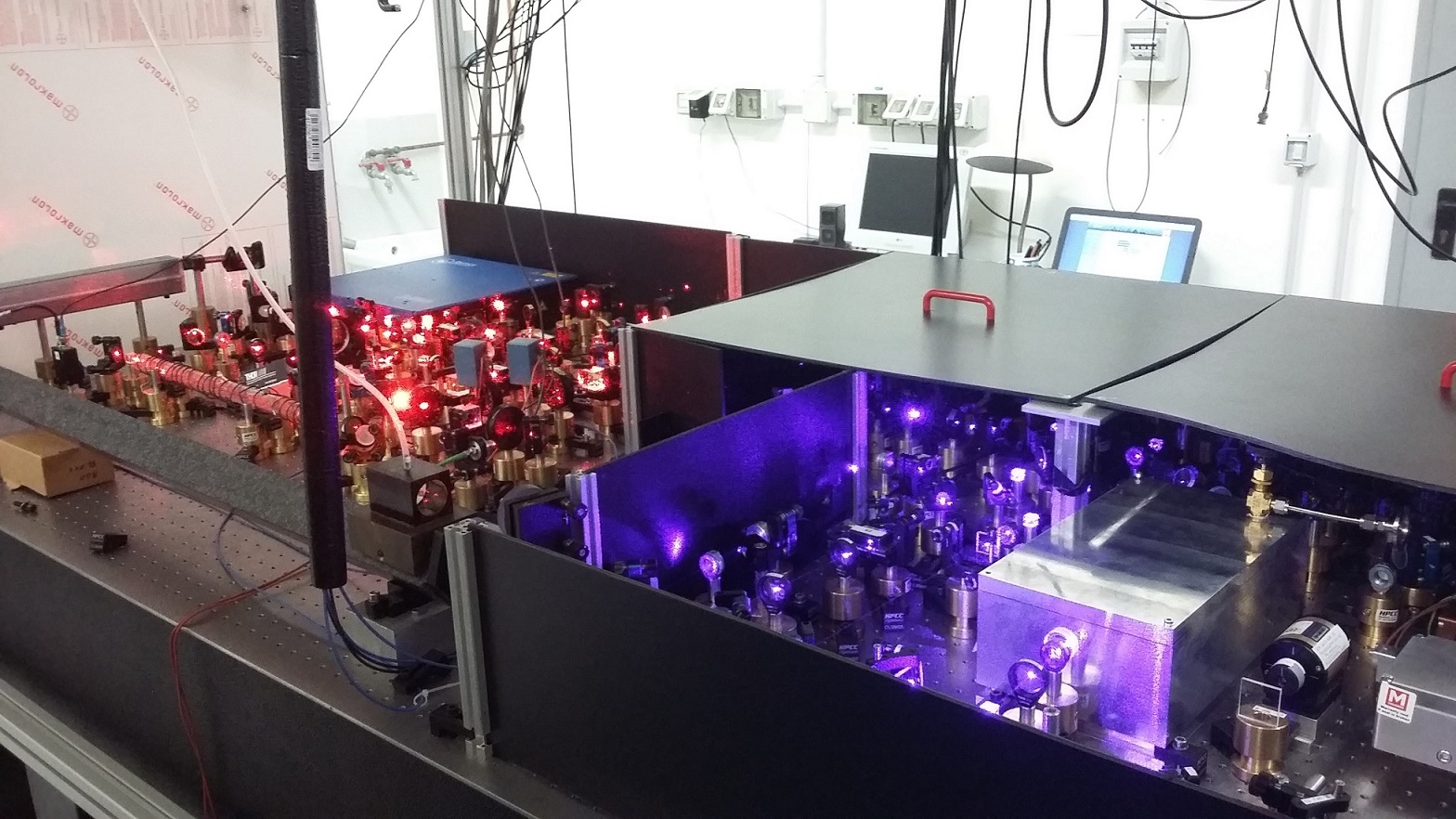 |
We are pleased to announce a scientific workshop on Quantum Fluids of Light and Matter, jointly organized by CNR-INO and CNR-Nanotec as part of the NQSTI project (Spoke 3 and Spoke 4). The event will take place from March 12-14 at LENS (European Laboratory for Non-Linear Spectroscopy) in Florence. Researchers from Lecce (CNR-Nanotec), Florence, and Pisa (CNR-INO, University of Florence, LENS) will present their latest work on quantum fluids, exploring topics at the intersection of light-matter interactions, atomic physics, and quantum gases. The workshop is designed to foster collaboration and stimulate new ideas, with ample time dedicated to discussions and brainstorming sessions. Participants will have the opportunity to tour the state-of-the-art labs at LENS, which specialize in atomic physics, quantum gases, and photonics, providing a unique chance to engage with cutting-edge experimental setups and techniques. This meeting aims to strengthen connections within the NQSTI community and inspire joint projects that push the boundaries of quantum science and technology. We look forward to welcoming you to Florence for this exciting exchange of knowledge and ideas. Here you can find the full program of the event, that you can also join remotely at this link. Scientific Committee
|
 |
Since 2015, the Friends of Sara Lapi Association has established a Degree Award named after Sara in collaboration with the University of Florence and in particular with the "Ugo Schiff" Department of Chemistry at the Scientific Center of Sesto Fiorentino. This year's award goes to Niccolò Preti for his thesis "Towards dipolar quantum gases in a ring". Well done! more info |
 |
G. Biagioni et al. See also UNIFI press release |
 |
We are immensely proud of Giulio Biagioni, who has defended his doctoral thesis "Can a superfluid be solid? A study of the supersolid phase in a dipolar quantum gas", achieving the summa cum laude distinction. In the last few years, Giulio has given invaluable contributions to our research, enriching our group in countless ways and inspiring many experiments. We wish him all the success and fulfillment he deserves, and even more luck in his academic journey! See also the thesis |
 |
During the national congress of the Società Italiana di Fisica (SIF), held in Milan from the 12th to the 16th of September, the prize for young graduates in physics, entitled to Giuliano Toraldo di Francia, has been awarded to Giulio Biagioni, PhD student of the Department of Physics and Astronomy of the University of Florence working in the Dy Lab. Giulio's PhD project is focused on the study of the supersolid phase of matter in a dipolar quantum gas. See also the SIF congress webpage |
 |
The supersolid is a long-sought quantum phase of matter combining properties of superfluids and crystals, finally discovered in quantum gases of magnetic atoms. The experiments usually cross a quantum phase transition from a homogeneous superfluid to the density-modulated supersolid. But very little is known about this novel type of phase transition. Here, we find experimentally and theoretically that the superfluid-to-supersolid quantum phase transition resembles ordinary crystallization transitions but with important novelties due to the peculiar ways in which supersolids are different from superfluids and solids. We see evidence of two types of transitions, continuous and discontinuous, which can be linked to the second- and first-order phase transitions expected for 1D and 2D systems, respectively. Interestingly, we find that the dimensionality of a supersolid depends not only on the underlying lattice structure but also on the structure of the density background that provides phase coherence among lattice sites. Our analysis provides a general framework based on Landau theory—a general theory of phase transitions—which allows us to reconcile previous results in the field. The continuous transitions we find provide access to excitation-free supersolids, which can be employed to study fundamental phenomena such as superfluidity and entanglement in this new state of matter.
G. Biagioni, et al. |
 |
A key manifestation of superfluidity in liquids and gases is a reduction of the moment of inertia under slow rotations. Non-classical rotational effects have been searched for a long time also for the elusive supersolid phase of matter, in which superfluidity coexists with a lattice structure. Here we show that the recently discovered supersolid phase in dipolar quantum gases features a reduced moment of inertia. We study a peculiar rotational oscillation mode in a harmonic potential, the scissors mode, already employed for superfluids. From the measured moment of inertia, we derive a superfluid fraction in analogy with the original definition by A. J. Leggett. The superfluid fraction is different from zero and of order of unity, providing direct evidence of the superfluid nature of the dipolar supersolid. A qualitative comparison with the original theoretical model supports the observation of a large superfluid fraction close to the transition from the Bose-Einstein condensate (BEC) and the supersolid.
L. Tanzi, et al. |
 |
The paradoxical supersolid phase of matter has the apparently incompatible properties of crystalline order and superfluidity. A crucial feature of a one-dimensional supersolid is the occurrence of two gapless excitations reflecting the Goldstone modes associated with the spontaneous breaking of two continuous symmetries: the breaking of phase invariance, corresponding to the locking of the phase of the atomic wave functions at the origin of superfluid phenomena, and the breaking of translational invariance due to the lattice structure of the system. We demonstrate the supersolid nature of the coherent stripe regime we discovered in dipolar Bose-Einstein condensates. In our trapped system, the symmetry breaking appears as two distinct compressional oscillation modes, reflecting the gapless Goldstone excitations of the homogeneous system. We observe that the two modes have different natures, with the higher frequency mode associated with an oscillation of the periodicity of the emergent lattice and the lower one characterizing the superfluid oscillations. Our work paves the way to explore the two quantum phase transitions between the superfluid, supersolid and crystal-like configurations that can be accessed by tuning a single interaction parameter.
L. Tanzi, et al. See also the Nature News and Views by S. M. Mossman: S. M. Mossman, Sounds of a supersolid detected in dipolar atomic gases for the first time and the Nature Physics research highligh by Y. Li: Y. Li, The buried trace |
 |
The competition of dipole-dipole and contact interactions leads to exciting new physics in dipolar gases, well-illustrated by the recent observation of quantum droplets and rotons in dipolar condensates. We have now discovered that the combination of the roton instability and quantum stabilization leads under proper conditions to a novel regime that presents supersolid properties, due to the coexistence of periodic density modulation and phase coherence. In a combined experimental and theoretical analysis (with the University of Hannover), we have determined the parameter regime for the formation of coherent stripes, whose lifetime of a few tens of milliseconds is limited by the eventual destruction of the stripe pattern due to three-body losses. Our results open intriguing prospects for the development of long-lived dipolar supersolids.
L. Tanzi et al. See also the reviews on Physics Viewpoint by T. Donner: T. Donner, Dipolar Quantum Gases go Supersolid and the Nature News and Views by L. Pollet: L. Pollet, Quantum gases show flashes of a supersolid |
 |
We have characterized the scattering properties of ultracold 162Dy atoms for magnetic fields between 6 and 30 G. In addition to the typical chaotic distribution of narrow Feshbach resonances in Lanthanides, we have discovered two rather isolated broad features. A characterization using the complementary measurements of losses, thermalization, anisotropic expansion and molecular binding energy points towards resonances of predominant s-wave character, with dimensionless strength s=0.5(3). Such resonances will ease the investigation of quantum phenomena relying on the interplay between dipole and contact interactions. E. Lucioni, et al. |
 |
We observed the transition to BEC for 162Dy atoms! |
 |
We realize a magneto-optical trap for 162Dy atoms on the intermediate linewidth transition at 626 nm. We trap over 2✕108 atoms at temperatures as low as 20 μK in 5 seconds. We observe the best loading at large detuning, -35Γ. Under these operating conditions, MOT forms below the quadrupole centre and the MOT light acts as optical pumping as well. E. Lucioni et al. |
 |
We finished assembling the vacuum setup. In the final cell, we included a passive high finesse optical resonator to transfer a large volume of atoms from the MOT to an optical trap that requires low power. |
 |
Light at 421nm will be employed for transverse cooling and for the Zeeman slower. Up to 1.2W of blue light is produced in a homemade frequency doubling cavity and is locked to the atomic line using saturated absorption spectroscopy in a hollow cathode lamp. Light at 626nm will be employed for the magneto-optical trap (MOT). The red light is obtained from a commercial laser system and is locked to the atomic line using saturated absorption spectroscopy in a iodine cell. |
 |
After testing the first cooling stages the experiment has been moved from LENS to the CNR research area in Pisa. |


